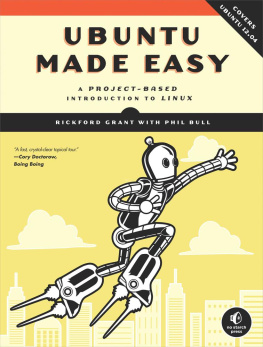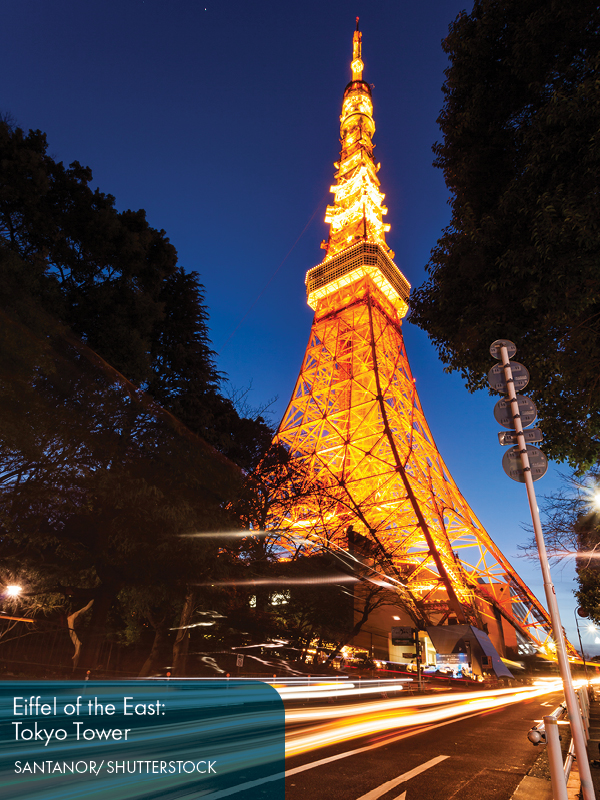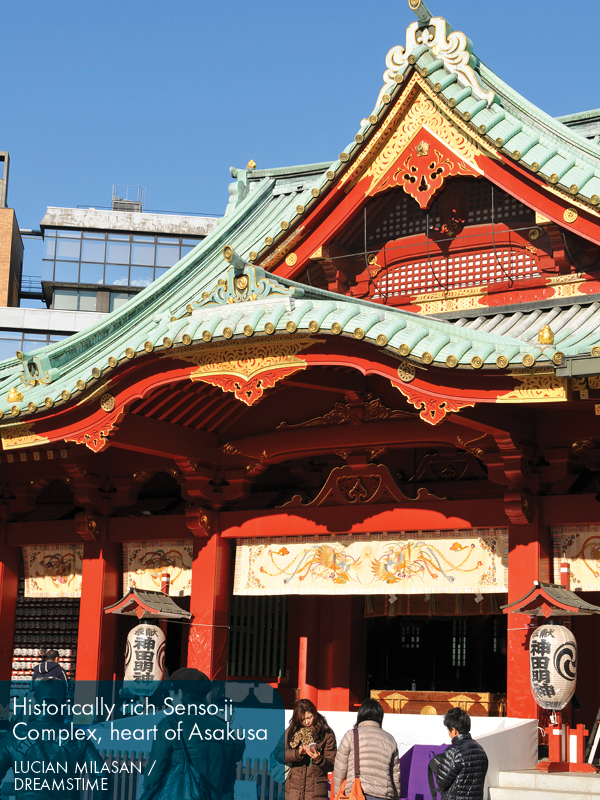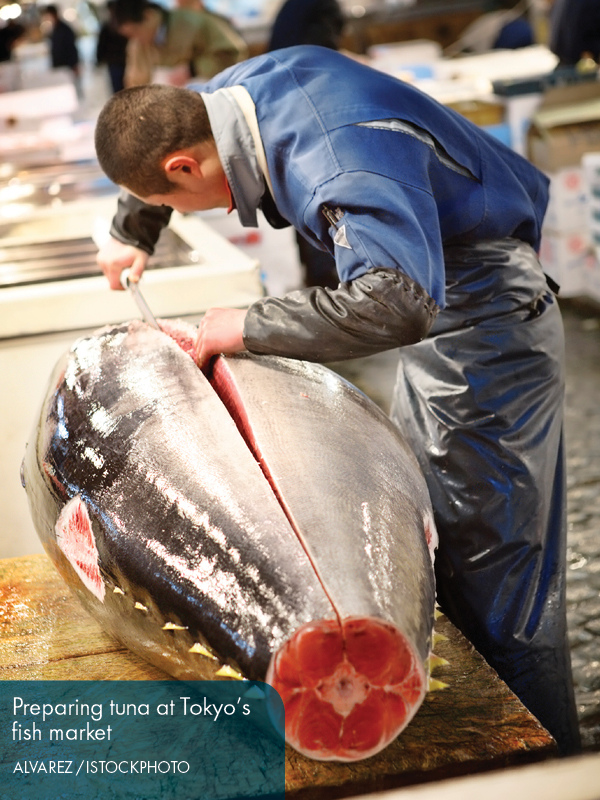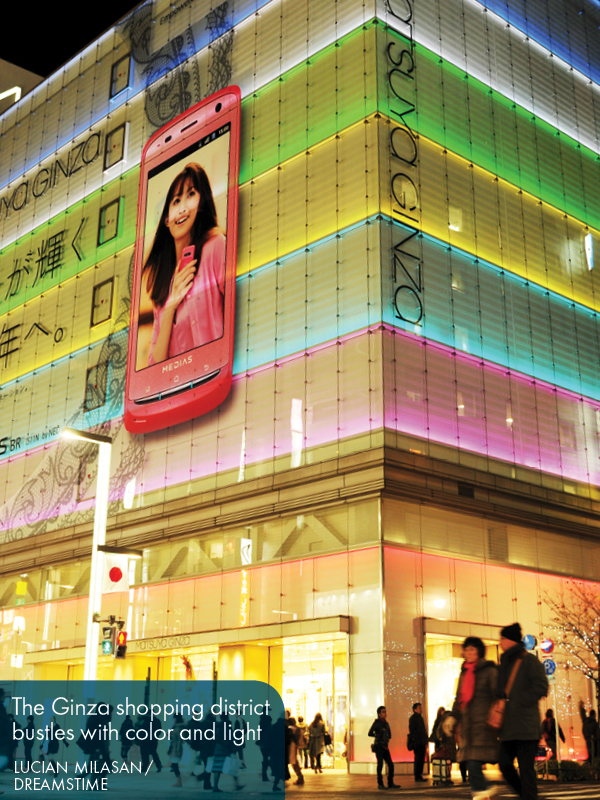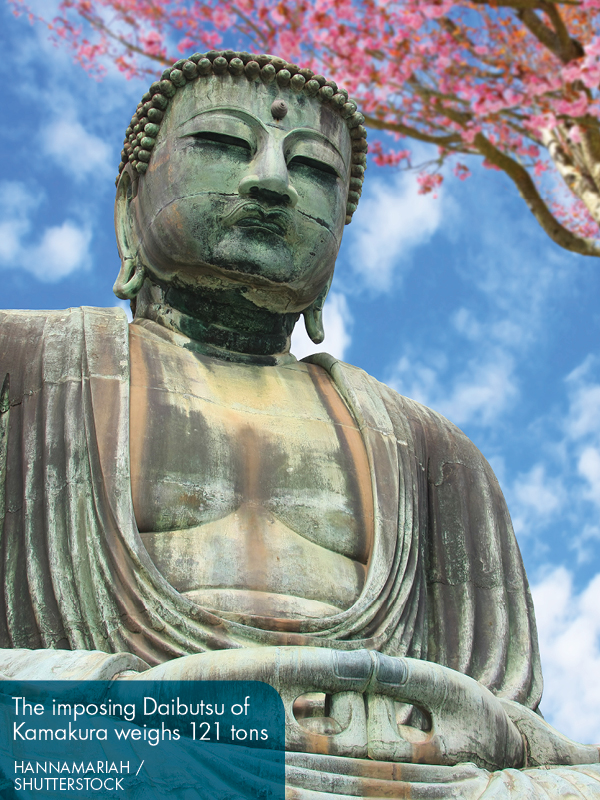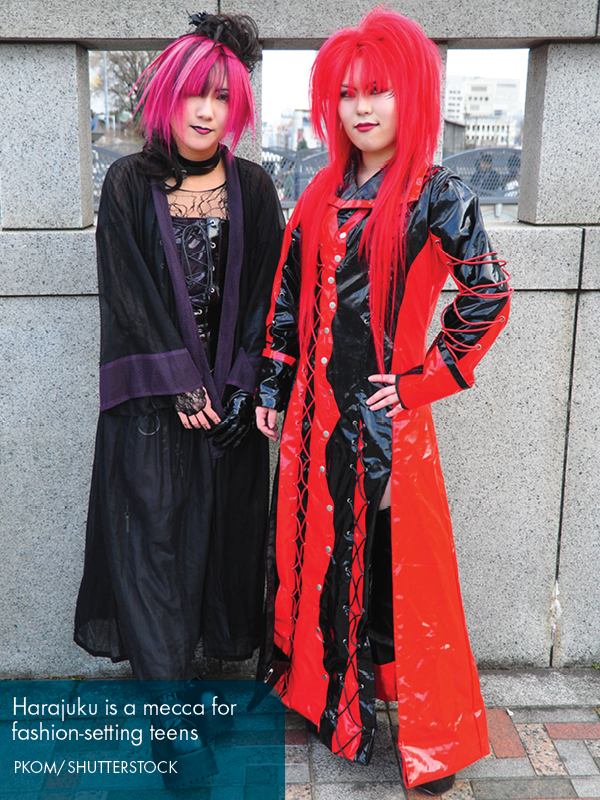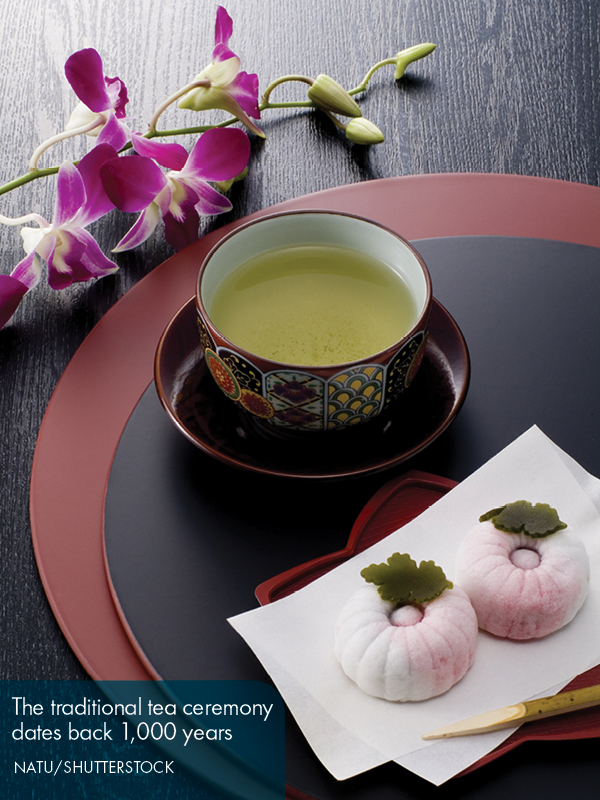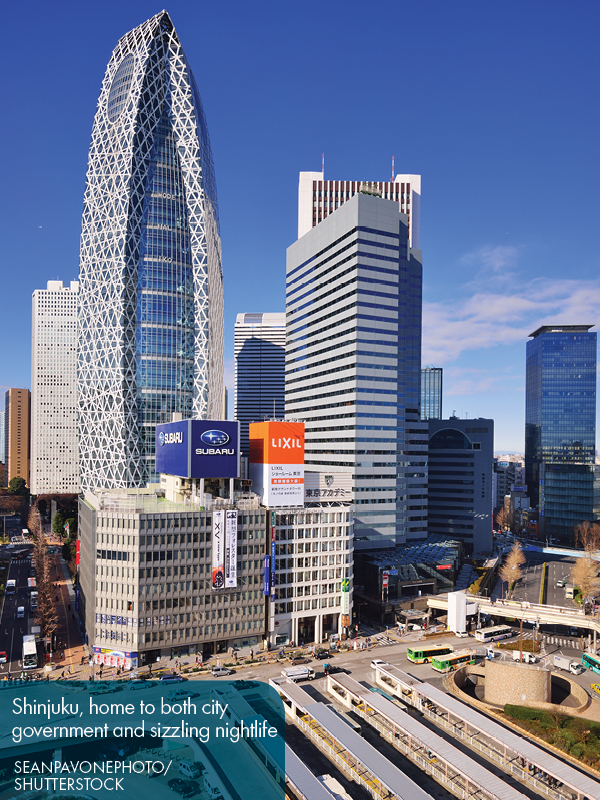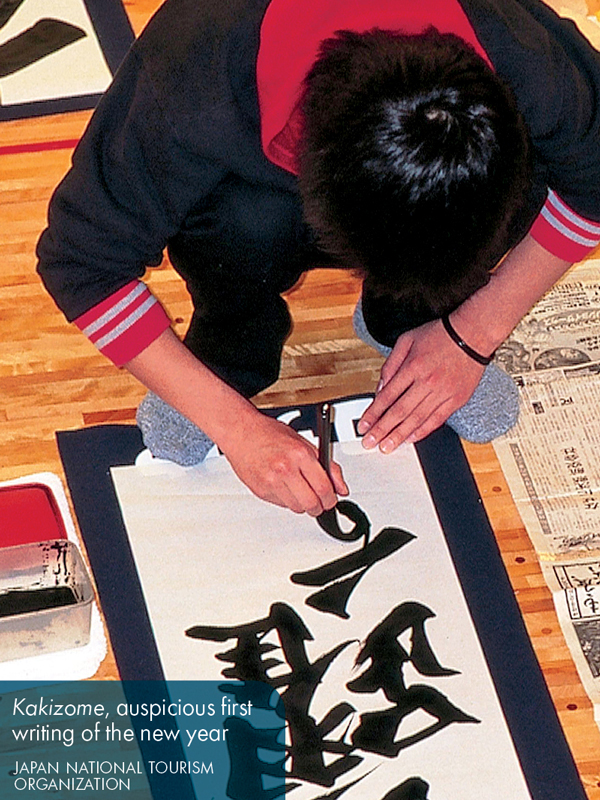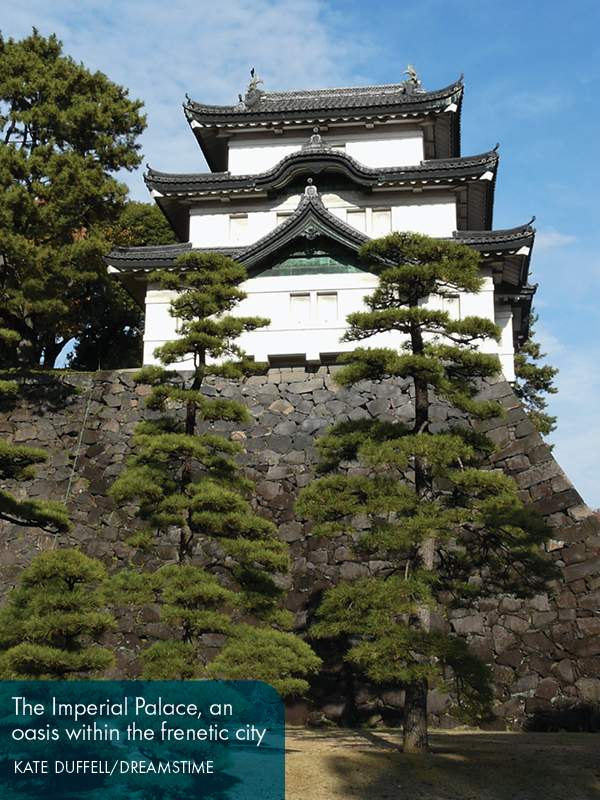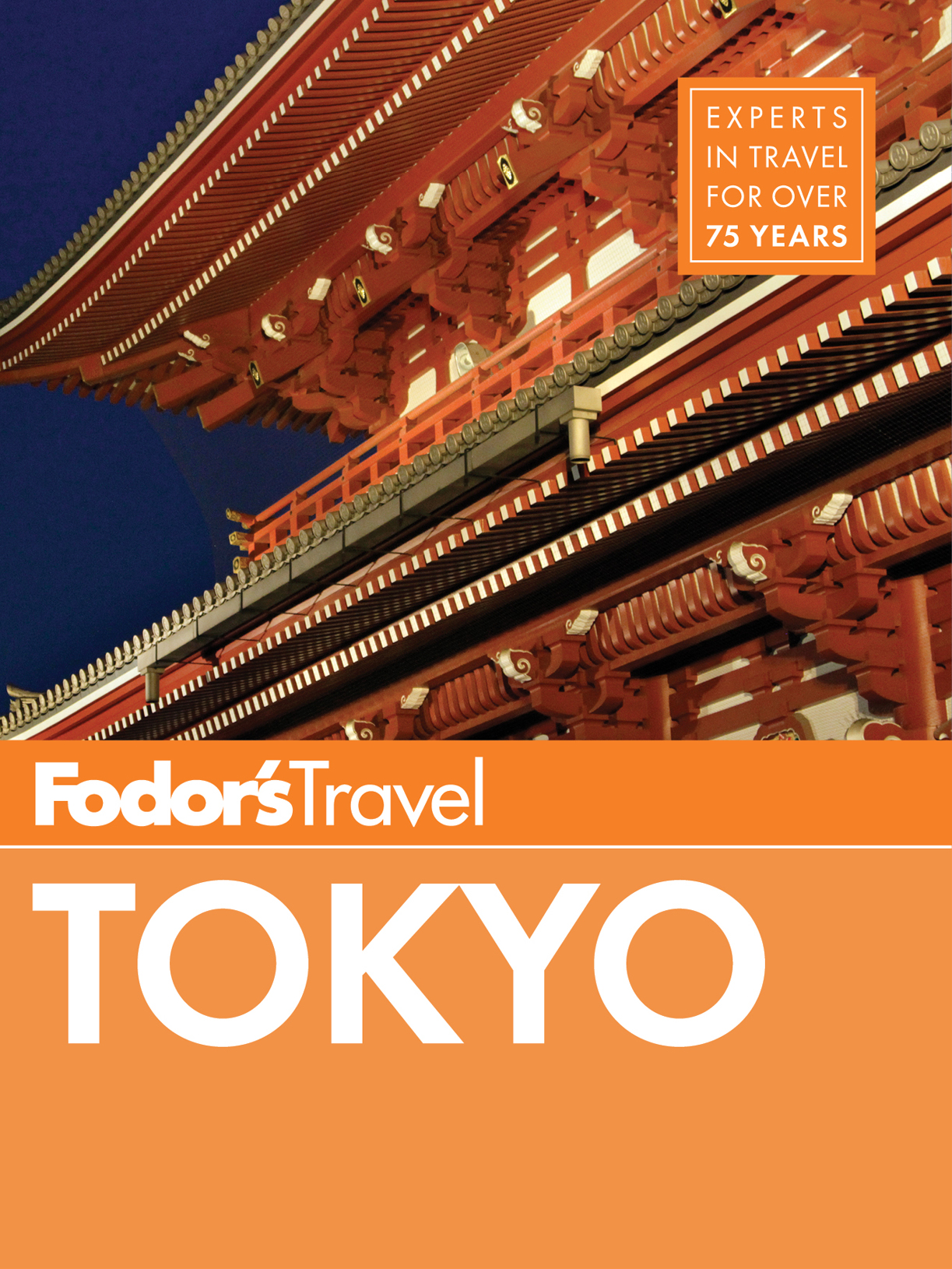
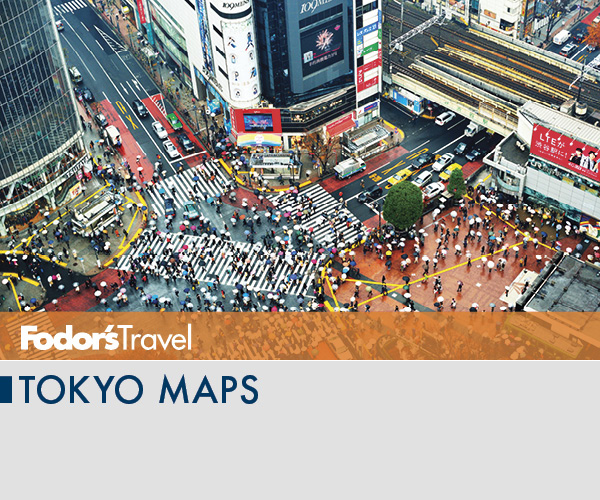
Exploring Tokyo
Side Trips from Tokyo
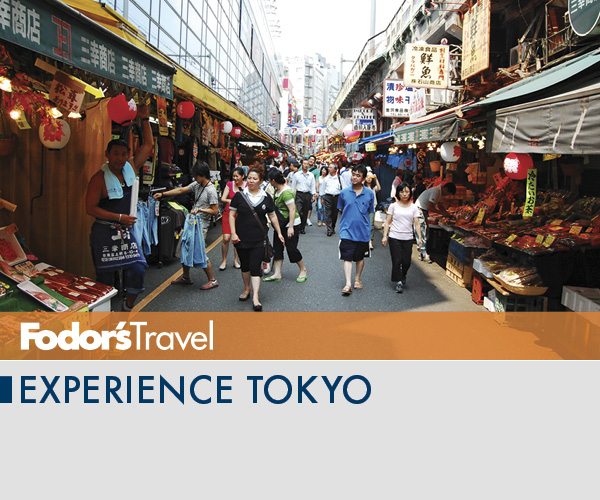
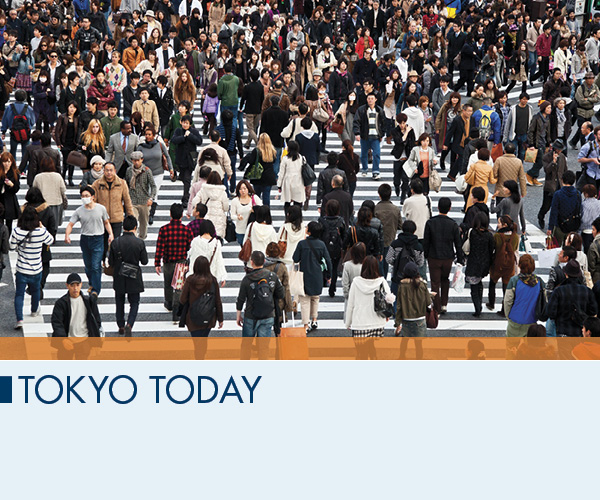
In places Tokyo seems to have been frozen in timeespecially in the traditions that underpin many Tokyoites lives or the temples and gardens that have survived centuries of upheavalyet in others the city never stands still, and change of some kindgradual and rapidis always afoot.
Todays Tokyo...
... is pumped to host the 2020 Olympics. In 2013 Tokyo got the exciting news that it would host the 2020 summer games, beating out cities like Madrid and Buenos Aires. Tokyo was deemed a safe choice by much of the media, capable of hosting the world event without political drama or economic upheaval. Its also seen as a supportive rally by the international community after the devastation of the earthquake and tsunami in 2011. Overall, the city has embraced its role as host, and even Japans prime minister said that his joy in hearing the announcement was even greater than when he won the election.
... is more environment minded. Japan still has a penchant for overpackaging and pesticides, but Tokyo is gradually becoming a greener city. In the last few years eco-friendly hybrid taxis have become a familiar sight in central Tokyo, while offices and public buildings have been sprouting rooftop gardens. After the energy shortages that followed the 2011 earthquake and tsunami, setsuden (energy saving) has become a prominent buzzword. These efforts come to the fore in the summer months as people look for alternatives to energy-guzzling air-conditioninglook out for people growing green curtains (usually vinous plants) on their balconies to block out the heat of the midday sun. You will also see the eco boom reflected in menus. While Japan still lags behind other developed nations when it comes to the production and consumption of organic produce, today its become much easier than it once was to find organic food in Tokyos restaurants and cafes.
... is as tasty as ever. Judge a city by Michelin stars alone and Tokyo is the undisputed culinary capital of the world. In 2013, the guide handed out 323 stars to a total of 281 restaurants in Tokyo, more than twice the number given to restaurants in Paris and New York combined. The culinary culture in Japan, however, runs far deeper than Michelins elevated focus, and theres been a renewed appreciation among Japanese of whats been dubbed B-kyu gurume (literally B-grade gourmet)low-cost, fairly no-frills dishes such as ramen and okonomiyaki (a savory pancake filled with various ingredients).
... is better for nonsmokers. A decade ago you would have struggled to find a smoke-free caf or bar, but quite a shift has taken place in recent years. Although some coffee shop chains only have token nonsmoking areas, where smoke from neighboring tables fills the air, the major international brands and many small, local cafs are frequently smoke-free or at least keep smokers in a separate, closed room or on different floors. Izakaya are as smoky as ever, yet a growing number of Tokyos pubs and bars are smoke-free. Many of Tokyos wards, including Chiyoda and Shinjuku, have also banned smoking on the street. This all ties in with a steady decline in cigarette sales in Japan. Japans 30 million smokers got through just under 200 billion smokes in 2012, an incredibly high number but still less than half the amount consumed in the mid-90s.
... is as crowded as ever. But that could be about to start changing. With a population of just over 13 million Tokyo knows crowds. Commuters get squashed in the morning and evening rush hours. Shoppers in areas like Shibuya and Shinjuku are buffeted by shoulder bumps. But with an aging population and declining birthrate, Tokyos population is soon expected to stop growing. It might peak at the 14 million mark in the next decade, but after that, one government report predicts, there will be just 8 million Tokyoites by 2100.
... is going through a craft beer boom. Sake and mass-produced beer brands like Asahi might be Japans most famous tipples, but over the past few years the country has been experiencing a craft beer boom. To be fair, there have been small-scale brewers in Japan for yearssome great, like Baird Brewing and the Shiga Kogen Brewery, others less sobut whats new is the number of places in Tokyo where hopheads can sample their wares. Joining older pubs, such as the magnificent Popeye in Ryogoku, are hip venues in Shibuya like Goodbeer Faucets, which is drawing a once unimaginable eclectic mix of drinkers to artisanal beer. Beer-loving visitors should raise at least one pint while in town. Kampai!
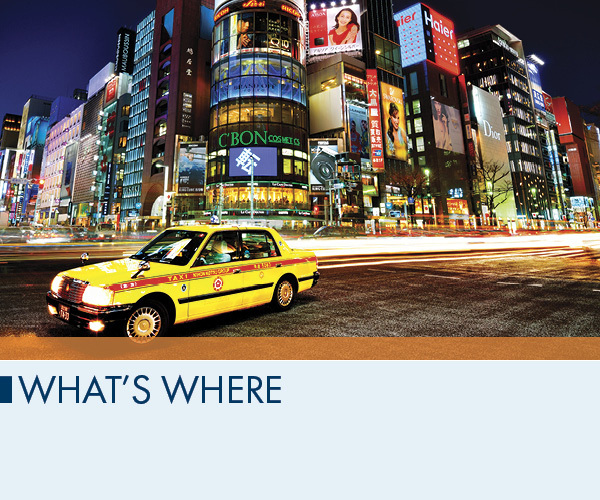
Imperial Palace District. This is the center of Tokyo, where Edo Castle once stood. The imperial residence is open only two days a year, but you still can explore the palace grounds and gardens.
Akihabara and Jimbo-cho. Akihabara is famed for its electronics stores, manga shops, and cultish maid cafs. In neighboring Jimbo-cho, family-run bookstores abound.
Ueno and Yanaka. Ueno Park is home to three superb national museums, a university of fine arts, and a zoo. A stones throw south is the lively Ameyoko street market. Adjoining Yanaka is a charming old neighborhood with an abundance of temples.
Asakusa. The sacred merges with the secular and ancient tradition with modernity in Asakusa. The area is home to Tokyos oldest temple, Senso-ji, and the Asakusa Jinja shrine, while Tokyo Skytree, a soaring skyscraper, looms large just to the east.
Tsukiji and Shiodome. Tsukiji is home to what is purportedly the worlds largest fish market. Its neighbor, Shiodome, is a massive development zone, with plenty of fashionable shops, hotels, and restaurants.
Next page


